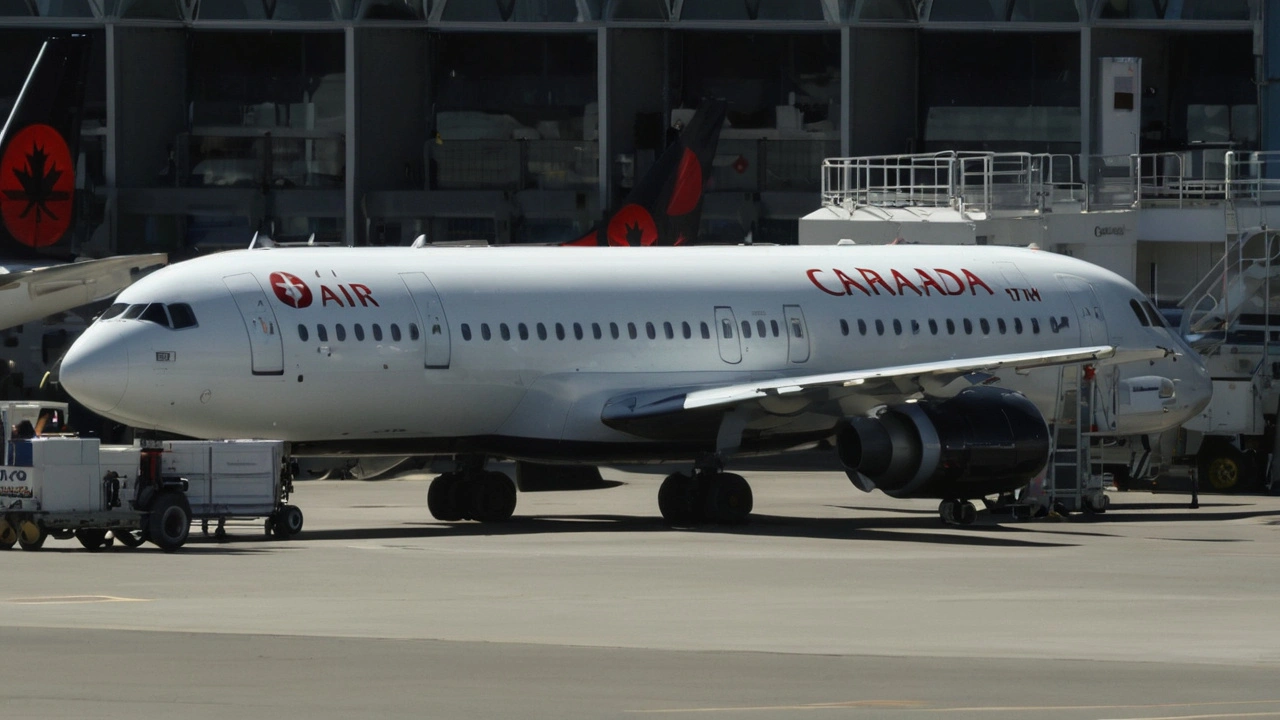Flight Attendant Incident – Details & Tips
If you’ve ever flown, you know cabin crew are there to keep things smooth. But when a flight attendant gets involved in an incident, it can shake confidence fast. In the past few weeks a well‑known airline faced a situation where a crew member was accused of mishandling a passenger during turbulence. The story went viral, sparked debates about safety protocols, and left many wondering what they should do if something similar happens on their next flight.
First off, it’s useful to know the basics of what actually went wrong. In this case the attendant was trying to secure the cabin when a passenger refused to fasten their seat belt. The attendant’s attempts to intervene escalated into a verbal clash, and video footage showed both parties shouting. Airline officials later said the crew followed standard procedures but admitted communication could have been calmer.
What Went Wrong?
The core issue was a breakdown in communication. Flight crews are trained to stay firm yet polite, especially during turbulence when safety is non‑negotiable. When a passenger resists, the crew must call on the captain and sometimes involve ground staff. In this incident, the attendant tried to handle it alone, which allowed emotions to flare. The airline’s investigation highlighted that more support from senior cabin members could have prevented the escalation.
Another factor was the social‑media storm. Passengers posted short clips without context, leading many to jump to conclusions. When you watch a ten‑second clip, it looks chaotic, but the full report shows the crew’s effort to protect everyone on board. It reminds us that quick judgments can be misleading.
How to Protect Yourself
If you ever find yourself in a similar situation, stay calm and follow the flight attendant’s instructions. Buckle up when told—turbulence is one of the biggest safety risks. If you feel the crew is being unfair, ask politely for clarification or request to speak with the captain later. Most airlines have clear policies on passenger behavior, and they usually resolve disputes without drama.
Know your rights, too. In many countries, airline regulations require crews to handle conflicts professionally. If you believe you were mistreated, file a complaint through the airline’s customer service portal within 30 days. Keep any evidence like boarding passes or photos that can back up your claim.
Travelers can also reduce the chance of conflict by being prepared: keep your seat belt fastened whenever seated, store carry‑on items securely, and avoid excessive alcohol consumption. A smooth flight is a team effort between passengers and crew.
The airline involved has already updated its training program to stress de‑escalation techniques and to ensure senior crew members are present during any passenger dispute. This shows that even after an incident, airlines can learn and improve safety standards.
Bottom line: a flight attendant incident is rarely about one person’s fault—it’s often a mix of miscommunication and high pressure. By staying informed, following instructions, and knowing how to file a complaint if needed, you protect yourself and help keep the cabin safe for everyone.

